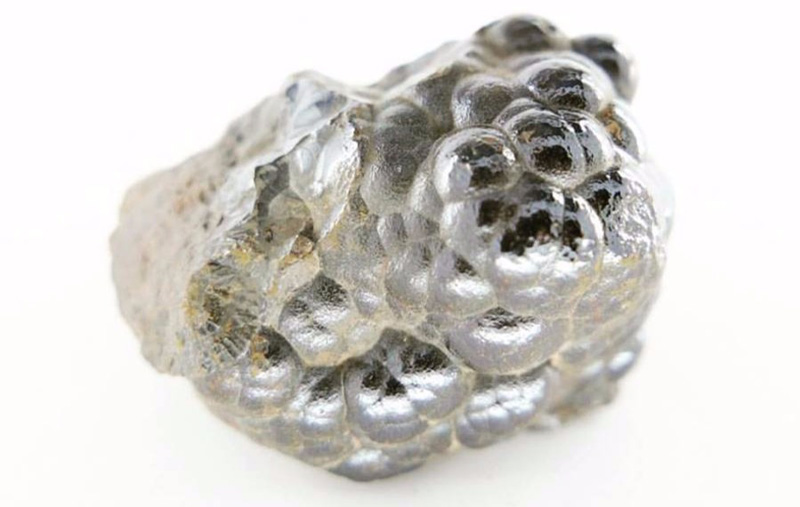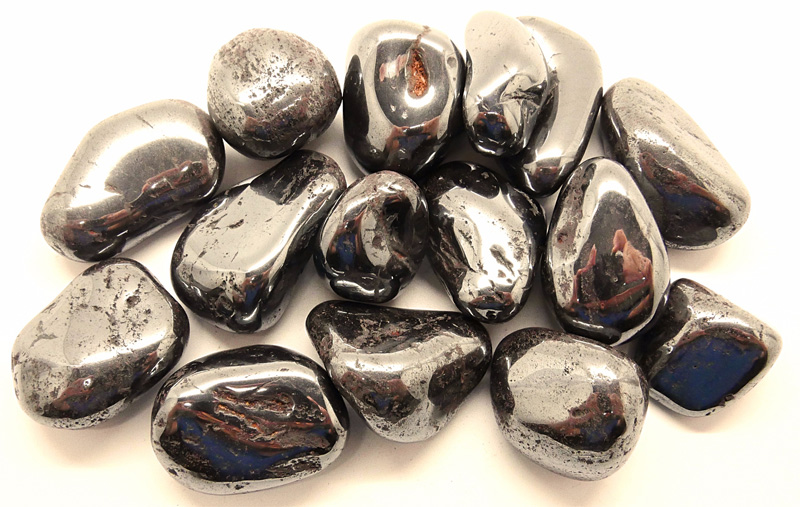

PHYSICAL PROPERTIES
- GROUP Oxides
- COMPOSITION Fe2O3
- COLOR Steel gray
- CRYSTALLINE SYSTEM Hexagonal
- CRYSTALLINE HABIT Tabular, sometimes flattened or botryoidal
- HARDNESS 5 - 6
- FRACTURE From subconchoidal to unequal
- EXFOLIATION Null
- GLOSS Metallic to matte
- RAYA Cherry or brownish red
- TRANSPARENCY Opaque
- SPECIFIC WEIGHT 5.3
- REFRACTIVE INDEX 2.94 - 3.22
MINERALOGICAL CHARACTERISTICS
The hematite or hematite is an iron oxide and is considered one of the most important iron ores, since it contains 70 % of this metal. The name of hematite comes from the Greek "haimatitis", which means "blood red", referring to the red color of the powder that it gives off when scratched.
The hematite can present various habits and brightnesses. The crystals are pyramidal (octahedral, rhombohedral, tabular and rosette aggregates). It is also found in massive form, in reniform or granular form. Hematite occurs as an accessory mineral in many igneous rocks.
Deposits: China, India, Brazil, Switzerland, Australia, Liberia, Germany and Italy.
THERAPEUTIC PROPERTIES
The hematite is considered a stone of protection and settlement. It is said to promote expansion and willpower. Located in the 1st chakra or in the feet, it helps to root, so it is usually used for this purpose in meditations. Formerly, the hematite was used as protection against hemorrhages. At a curative level, it is especially indicated for circulation problems, anemia and to calm pain, especially menstrual cramps.


